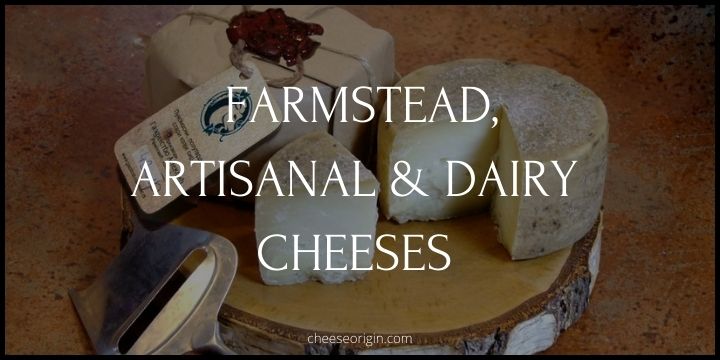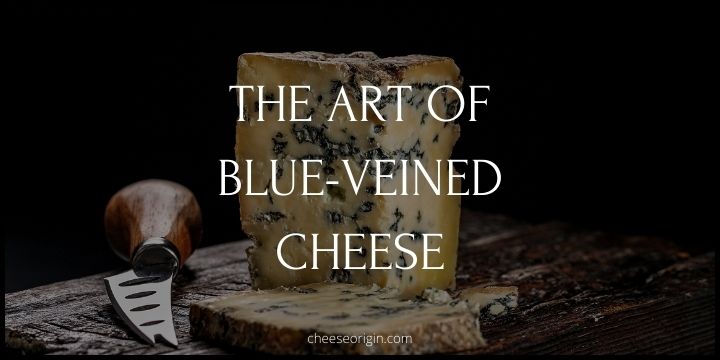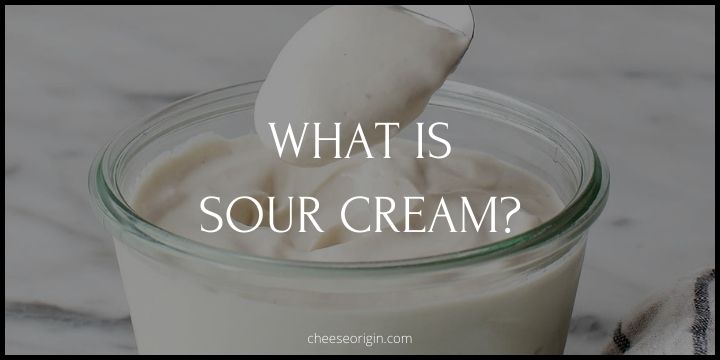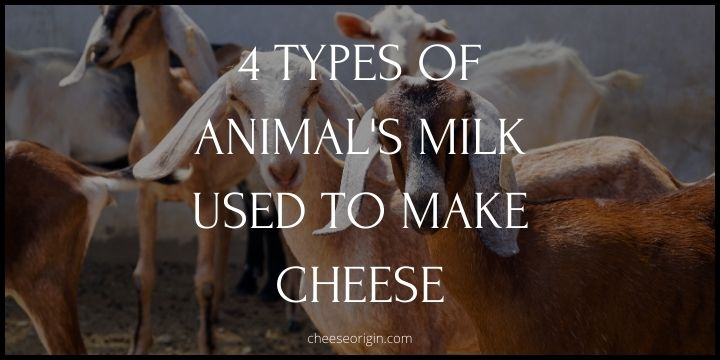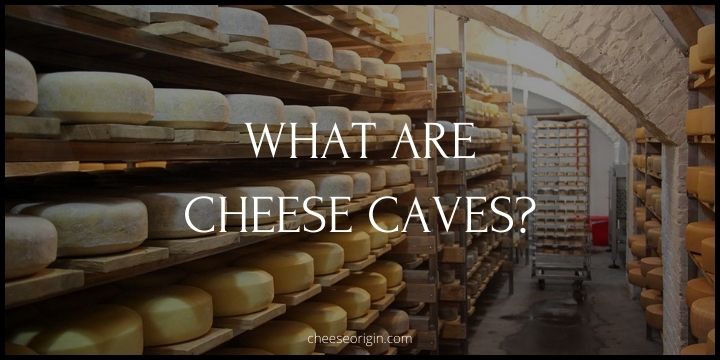The Fat Content of French AOP Cheeses

In 2007, the law requires cheese label to mention the total fat content in relation to the product’s total weight, including its water content.
This is clearer and much more easy to compare the fat content of different cheeses as compared to pre-2007 when the cheese labels indicated the fat content in relation to dry weight (after the removal of water) which were extremely misleading.
Fun Fact:
One of the cheeses with the lowest fat content is the French runny cheese, Cancoillotte, with only 6% fat.
Fresh Cheese
| AOP CHEESE | % OF TOTAL WEIGHT |
|---|---|
| Brocciu (Brocciu Corse) | 8 % |
Soft Cheeses with Natural Rind
| AOP CHEESE | % OF TOTAL WEIGHT |
|---|---|
| Chabichou du Poitou | 25 % |
| Charolais | 31 % |
| Chavignol (Crottin de Chavignol) | 31 % |
| Mâconnais | 29 % |
| Pélardon | 28 % |
| Picodon | 29 % |
| Pouligny-Saint-Pierre | 28 % |
| Rigotte de Condrieu | 20 % |
| Rocamadour | 23 % |
| Sainte-Maure-de-Touraine | 24 % |
| Selles-sur-Cher | 29 % |
| Valençay | 29 % |
Soft Cheeses with Washed Rind
| AOP CHEESE | % OF TOTAL WEIGHT |
|---|---|
| Époisses | 23 % |
| Langres | 23 % |
| Livarot | 22 % |
| Maroilles | 29 % |
| Mont d’Or (Vacherin du Haut-Doubs) | 23 % |
| Munster (Munster-Géromé) | 23 % |
| Pont-l’Évêque | 24 % |
Soft Cheeses with Bloomy Rind
| AOP CHEESE | % OF TOTAL WEIGHT |
|---|---|
| Banon | 25 % |
| Brie de Meaux | 22 % |
| Brie de Melun | 23 % |
| Camembert de Normandie | 22 % |
| Chaource | 24 % |
| Neufchâtel | 22 % |
Cooked Pressed Cheeses
Pressed Semi-cooked Cheese
| AOP CHEESE | % OF TOTAL WEIGHT |
|---|---|
| Abondance | 32 % |
Uncooked Pressed Cheeses
| AOP CHEESE | % OF TOTAL WEIGHT |
|---|---|
| Cantal | 30 % |
| Chevrotin | 23 % |
| Laguiole | 30 % |
| Morbier | 28 % |
| Ossau-iraty | 34 % |
| Reblochon de Savoie | 26 % |
| Saint-nectaire | 28 % |
| Salers | 28 % |
| Tome des Bauges | 26 % |
Blue Cheeses (Bleu)
| AOP CHEESE | % OF TOTAL WEIGHT |
|---|---|
| Bleu d’Auvergne | 28 % |
| Bleu de Gex Haut-Jura (Bleu de Septmoncel) | 29 % |
| Bleu des Causses | 29 % |
| Bleu du Vercors-Sassenage | 28 % |
| Fourme d’Ambert | 27 % |
| Fourme de Montbrison | 27 % |
Conclusion
The fat to total-weight ratio may not be indicated on the cheese, in this instance, you should refer to the table of nutritional contents.
Fat content is indicated per 3.5 ounces of cheese. 0.25 ounce of fat corresponds to 8% of the total weight.
You might want to take note, though, that Fermier cheeses are exempt from this ruling as the precise fat content very much depends on the affinage phase.
For cheeses that were exempted from this ruling, you may find the phrase “matière grasse non précisée” which means “unspecificed fat content” on the label.
Articles You Might Be Interested:
